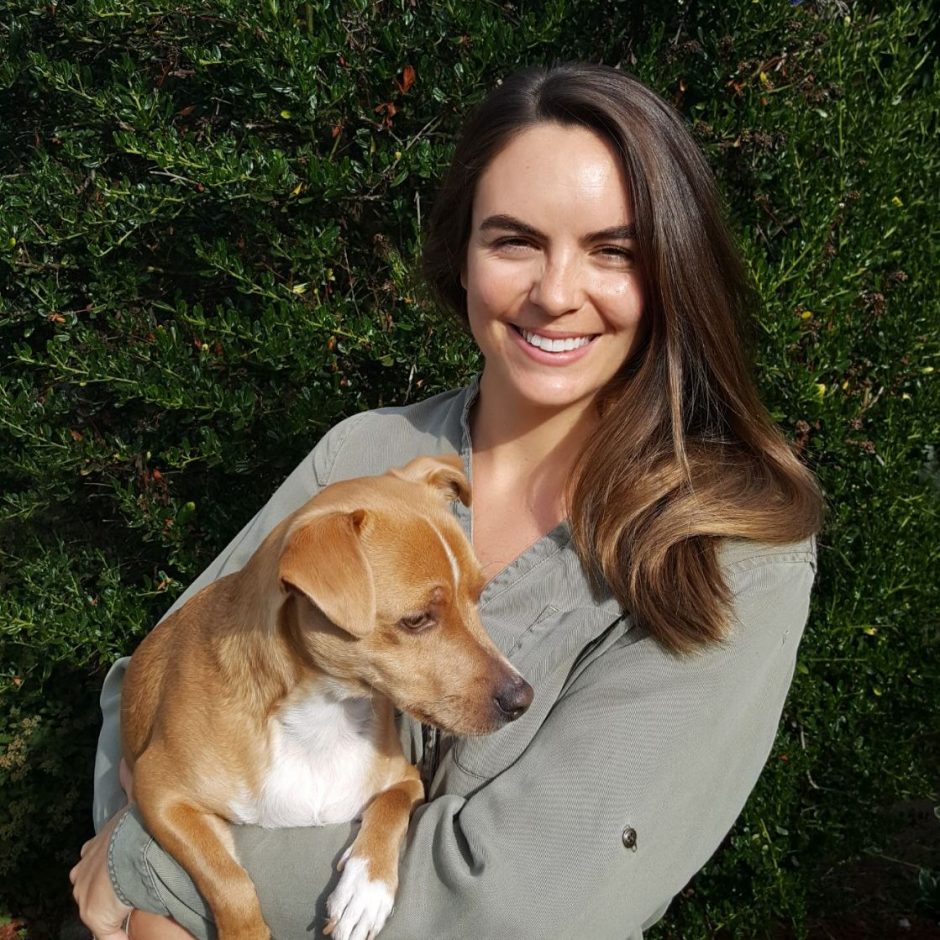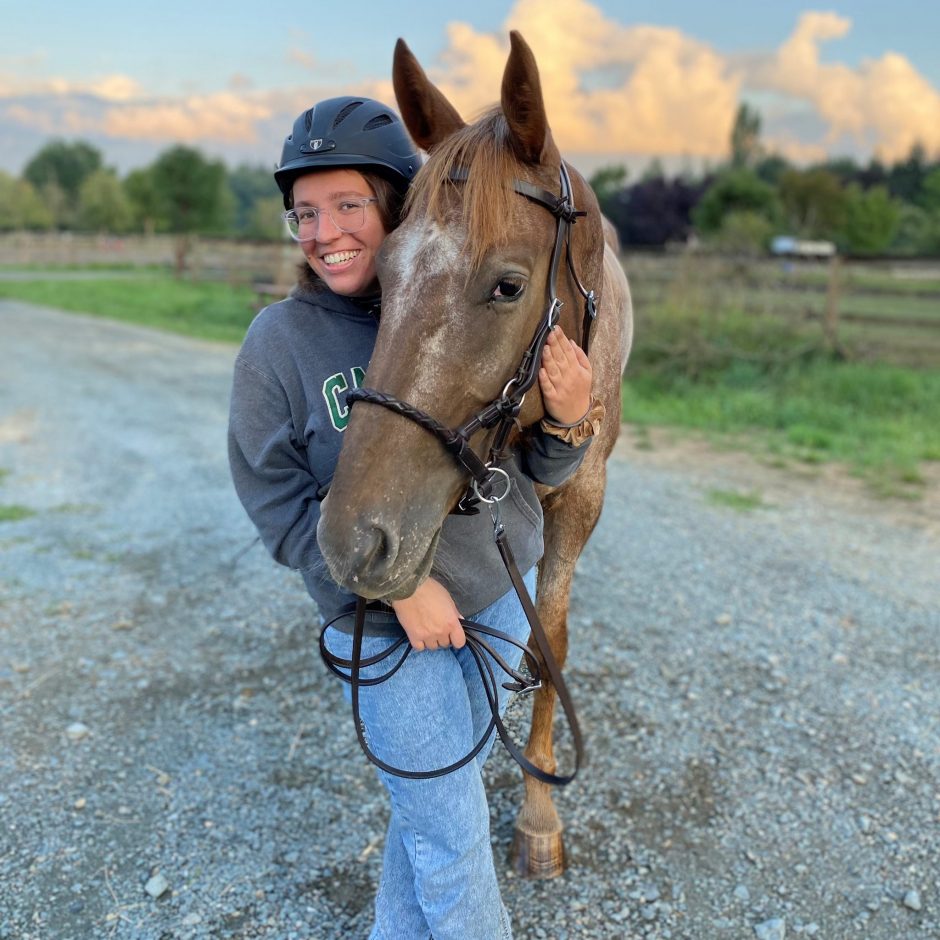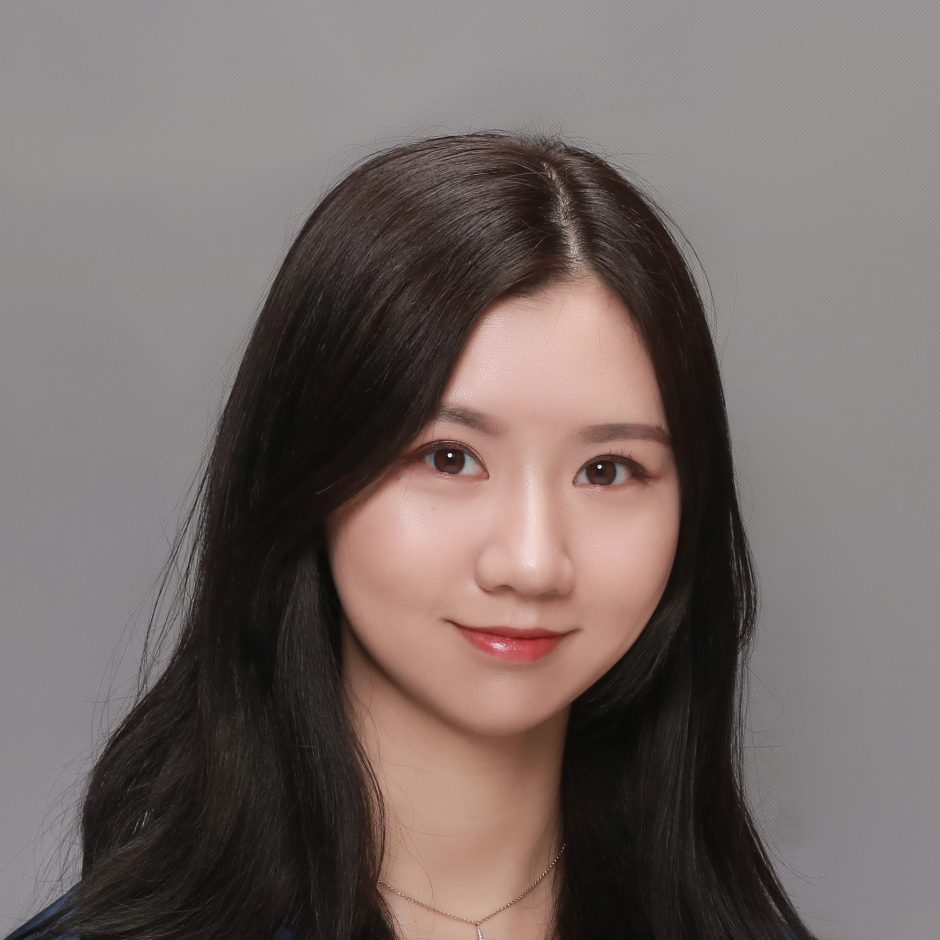Peer-reviewed literature has traditionally been seen as the gold-standard of research communications. While the academic journal is still an important way of sharing knowledge with other academics, the high cost of journal subscriptions and open-access publishing fees can make this approach inaccessible for many. Researchers are increasingly aware that academic journals are only one way to share their work. To better reach more diverse audiences, students in the Animal Welfare Program (AWP) are finding new ways to connect.

Tweeting Connects Bailey Eagan to the Globe
Early in the pandemic, many academic conference organizers were looking at ways to quickly transition from in-person to online meetings. Bailey Eagan, a PhD student, shifted from the approach of standard conference presentations to a Twitter conference where researchers shared their findings through short videos and 280-character tweets. This format encouraged presenters to distil their messaging to the most meaningful components and share through a conference hashtag.
Not only did Bailey find this process of thinking about her research from new angles engaging, she also found that she was better able to engage with a broad audience on Twitter than in a more typical in-person conference. She was able to have rapid back and forth conversations, incorporate suggestions, and connect with researchers and practitioners from all over the world. “This engagement was able to go on for weeks, rather than just at the conference” said Bailey. Because audience members did not require their own Twitter account there was also low barrier entry for participants. “It can be scary to put yourself out there in a new environment, but it was 100% worth it”. Check out Bailey’s Twitter presentations here.

Elizabeth Russell Visits the Farm through her Podcast
Part of Elizabeth Russell’s research has been to interview dairy farmers about on-farm practices. Elizabeth knew from the beginning that she wanted a way to communicate her results back to her participants as well as to colleagues in the industry. Busy on and off the farm, her participants did not have time to read detailed reports, so she shifted gears to podcasting. “With a podcast, you can listen while you drive the tractor or walk around the barn” says Elizabeth.
Just like Bailey, Elizabeth knew that it was important to spend time crafting her message – to focus on the most important parts of her research results. Elizabeth produced a podcast through a Dairy Farmers of Canada student competition that was then shared through Facebook, newsletters, and other media platforms. You can listen to it here on our YouTube channel. Elizabeth was inspired by this process to dive into more podcasting. She says it is important to share engaging research stories that strike the balance between enough information to be helpful, without going into more detail than is necessary. Stay tuned to hear more of her research storytelling through our AWP25 anniversary podcast!

Sky Sheng is Making Movies to Share Stories
Sky Sheng also found herself wanting to share her research in a way that was accessible to a broader audience. She knew the power of creative, engaging, and short videos shared on platforms like Instagram and Tik Tok and wanted to create something fun that would make her research more accessible. She had some previous experience making animated videos about financial products – this experience gave her the skills to translate a complex topic into something that is easier to understand. Working with AWP Professor Sasha Protopopova, Sky learned how to do more complicated video editing, including changing voices!
The response to her videos has been positive – especially impressive is the first-place win for Sky’s video in the Dairy Farmers of Canada student competition for outreach. “Making a video can be time consuming – to produce one, you need to think about what story you want to tell and how to tell it” explains Sky. But in the end, she found that it was a compelling way to expand the reach of her research. “It should be a requirement that a scientific paper has to be translated into a format that is fun!” suggests Sky. See some of Sky’s other videos here.
Follow us on Twitter, Facebook, YouTube, and LinkedIn to stay up to date on our research stories!